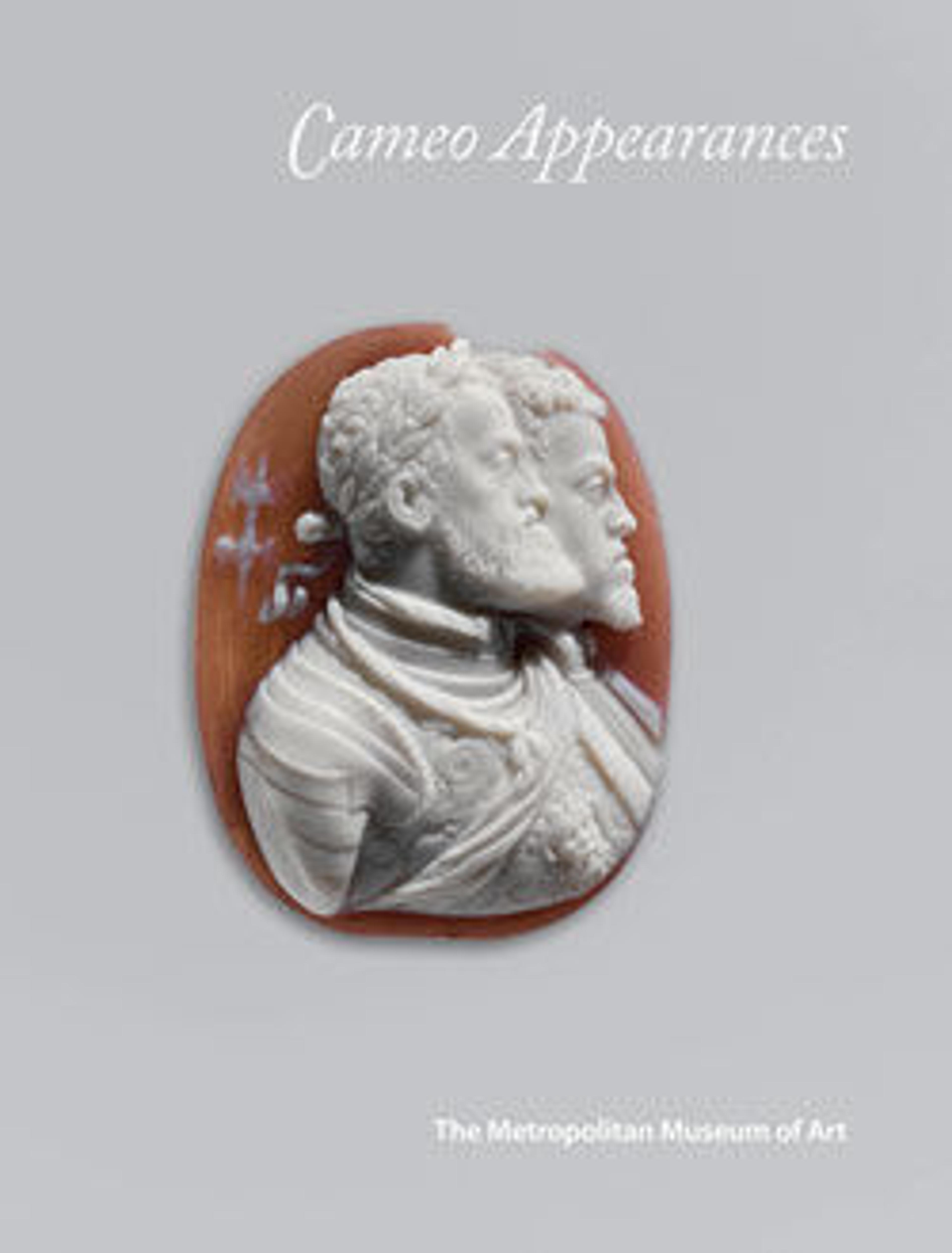Pendant Brooch with Cameo of Enthroned Virgin and Child and Christ Pantokrator
The elaborately carved cameo depicts the enthroned Virgin and Christ Child flanked by archangels, a subject often depicted in the apse of Orthodox churches. On the reverse of the gold case is an image of Christ Pantokrator, which would have been found in the dome of a church. The frame is typical of the Rus’, peoples of the north who had been converted by the Orthodox Christian clergy of Constantinople and who thus prized Byzantine works.
Artwork Details
- Title: Pendant Brooch with Cameo of Enthroned Virgin and Child and Christ Pantokrator
- Date: late 1000s–1100s (cameo); 1100s–1300s (mount)
- Culture: Byzantine
- Medium: Chalcedony cameo; gold mount with pearls, emeralds, garnets, sapphires, and a sardonyx intaglio
- Dimensions: Overall: 2 13/16 x 2 3/16 x 5/8 in. (7.2 x 5.5 x 1.6 cm)
Chalcedony: 1 1/2 x 1 1/4 in. (3.8 x 3.2 cm) - Classification: Lapidary Work-Chalcedony
- Credit Line: Purchase, Acquisitions Fund, Christopher C. Grisanti and Suzanne P. Fawbush, Austin B. Chinn, and Katharine R. Brown Gifts, Gifts of Marx Freres, J. Pierpont Morgan, and Mrs. Frank D. Millett, by exchange, and funds from various donors, 2007
- Object Number: 2007.9
- Curatorial Department: Medieval Art and The Cloisters
More Artwork
Research Resources
The Met provides unparalleled resources for research and welcomes an international community of students and scholars. The Met's Open Access API is where creators and researchers can connect to the The Met collection. Open Access data and public domain images are available for unrestricted commercial and noncommercial use without permission or fee.
To request images under copyright and other restrictions, please use this Image Request form.
Feedback
We continue to research and examine historical and cultural context for objects in The Met collection. If you have comments or questions about this object record, please complete and submit this form. The Museum looks forward to receiving your comments.
